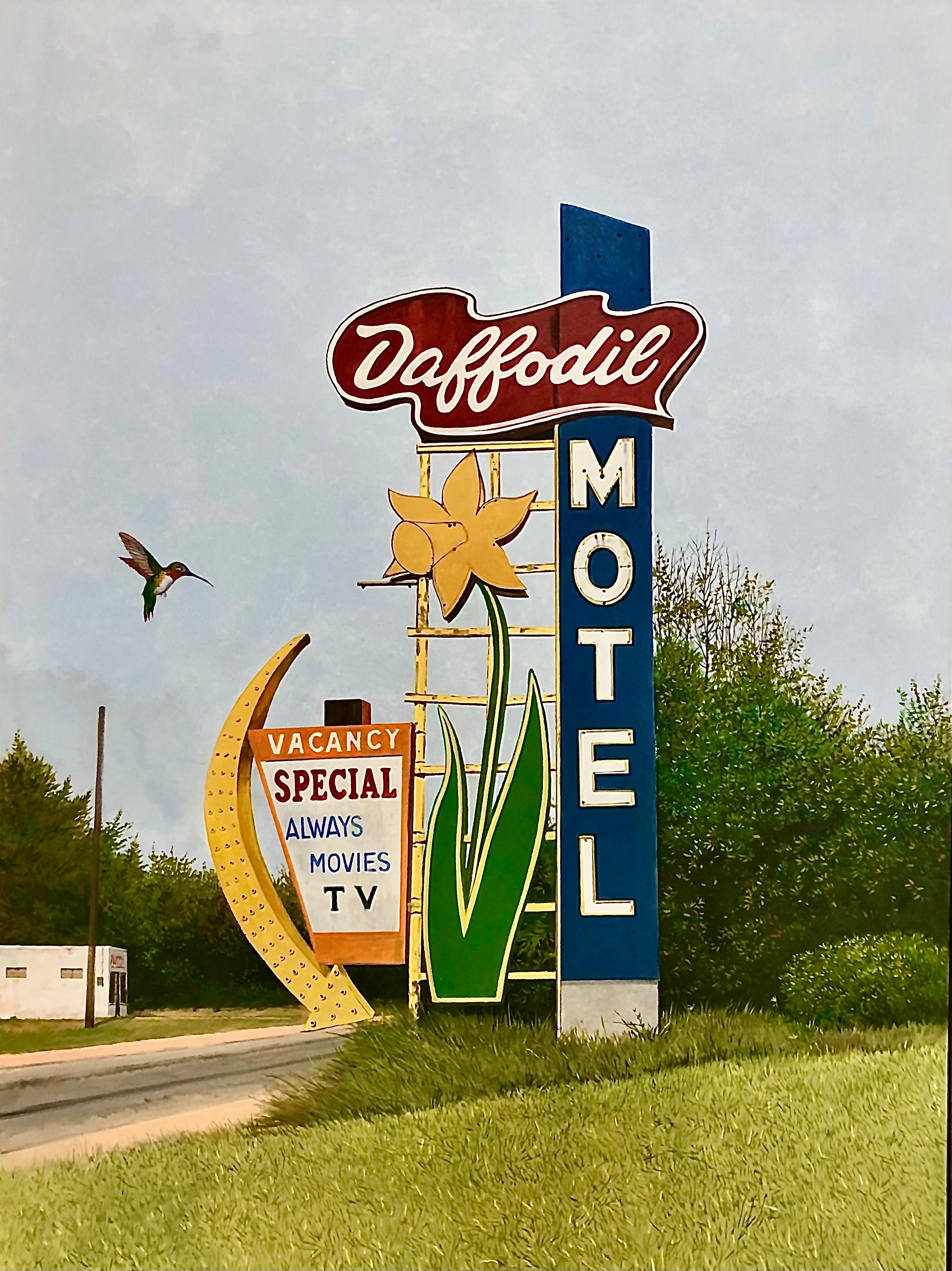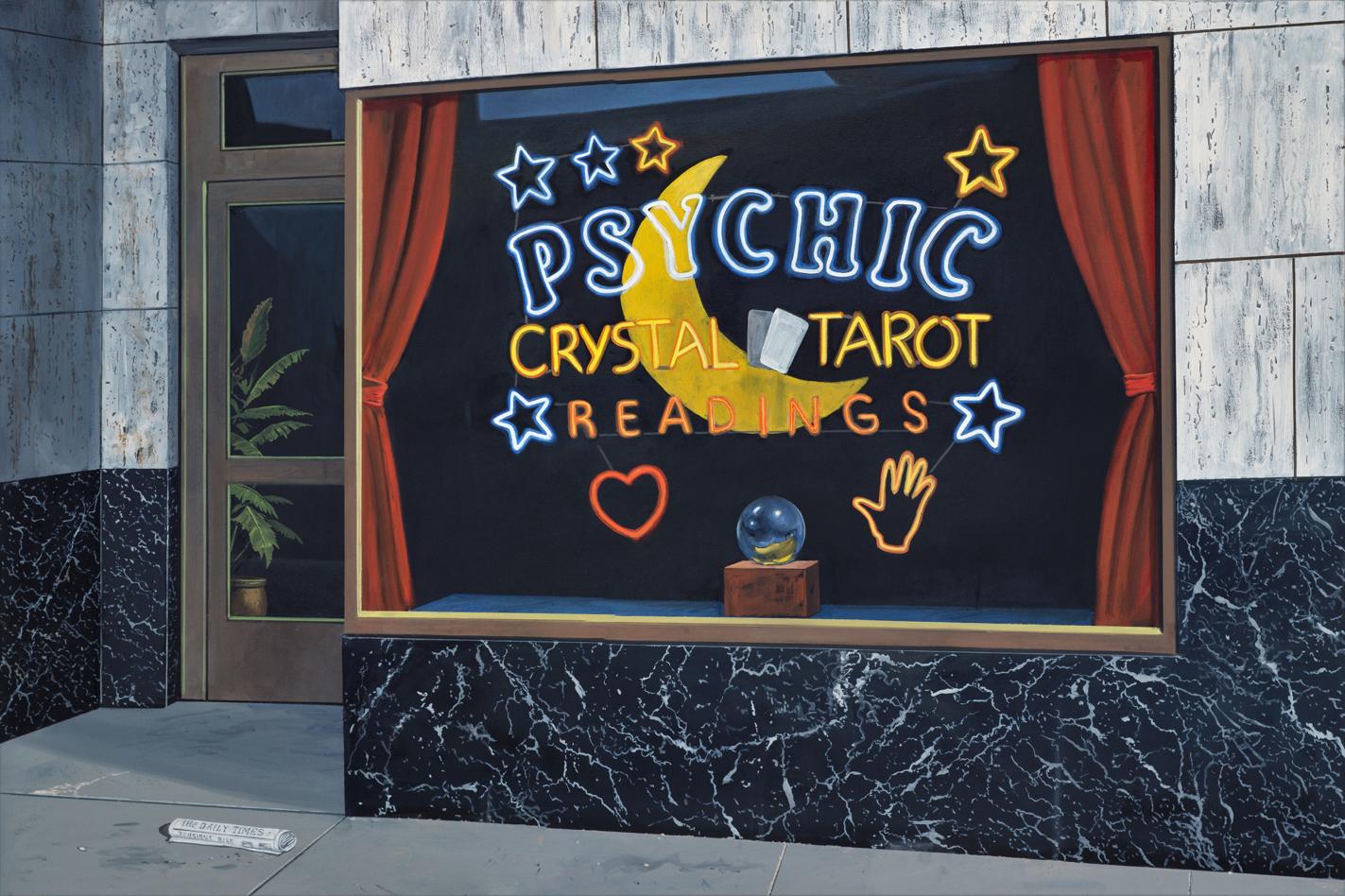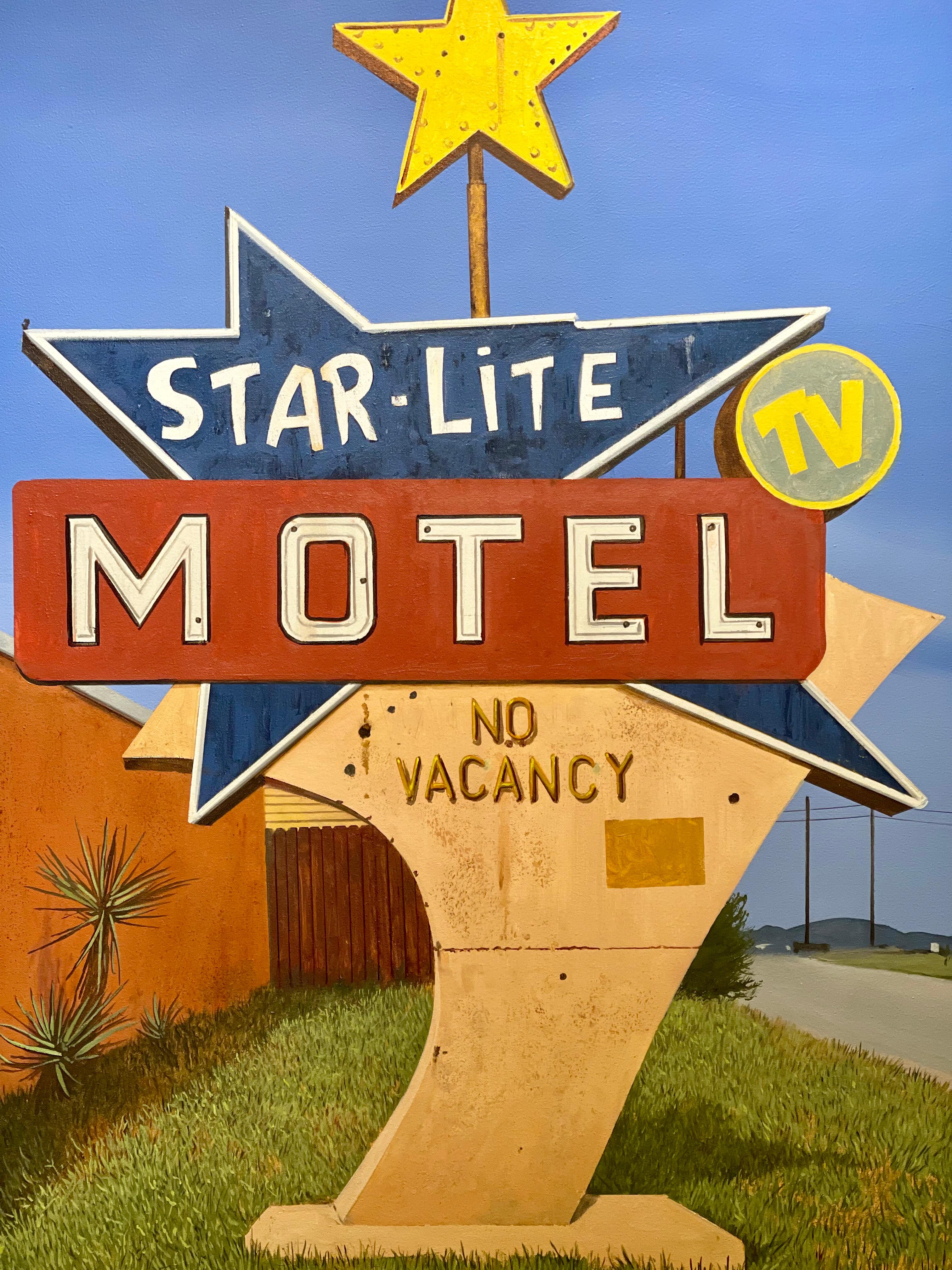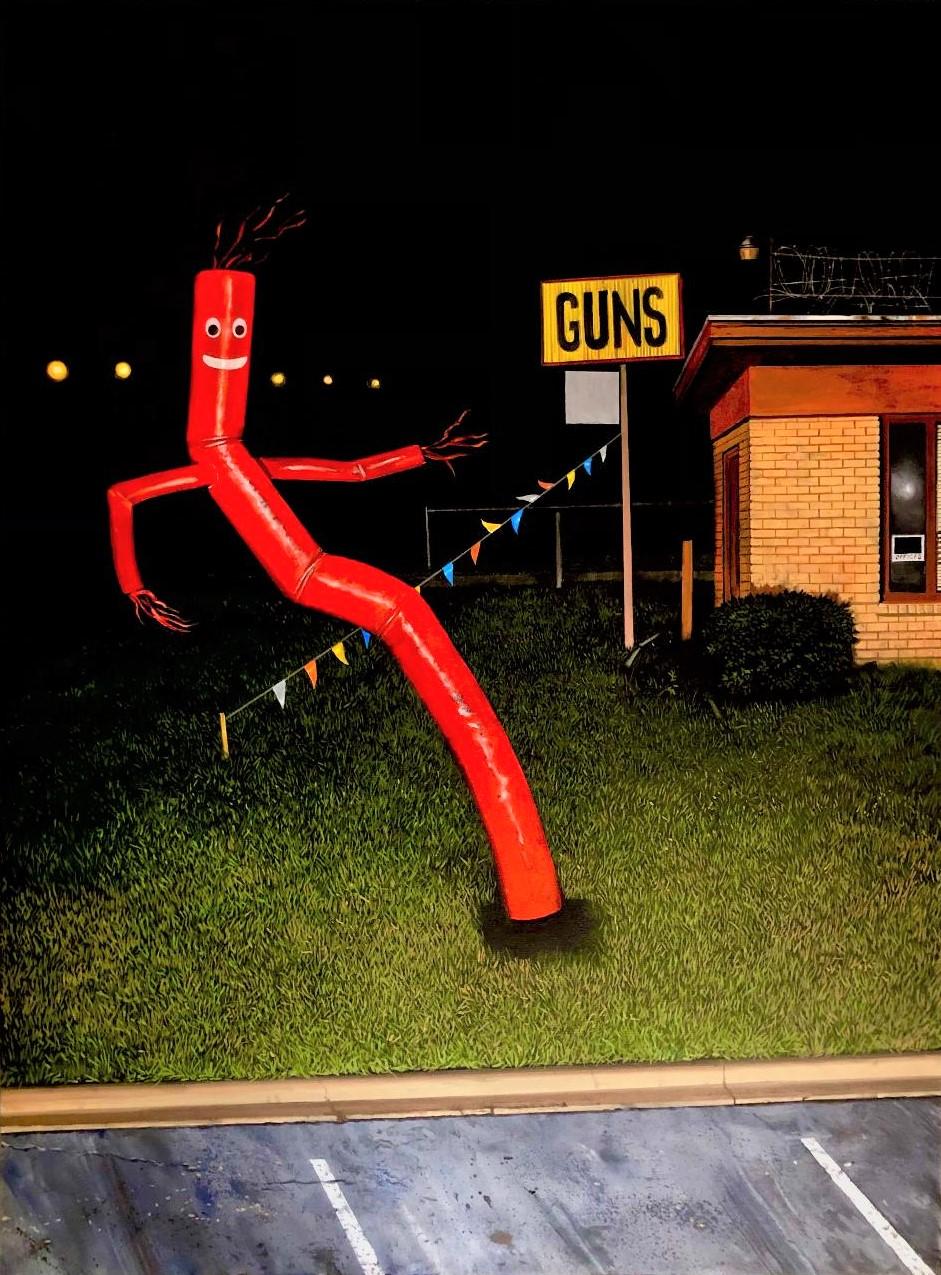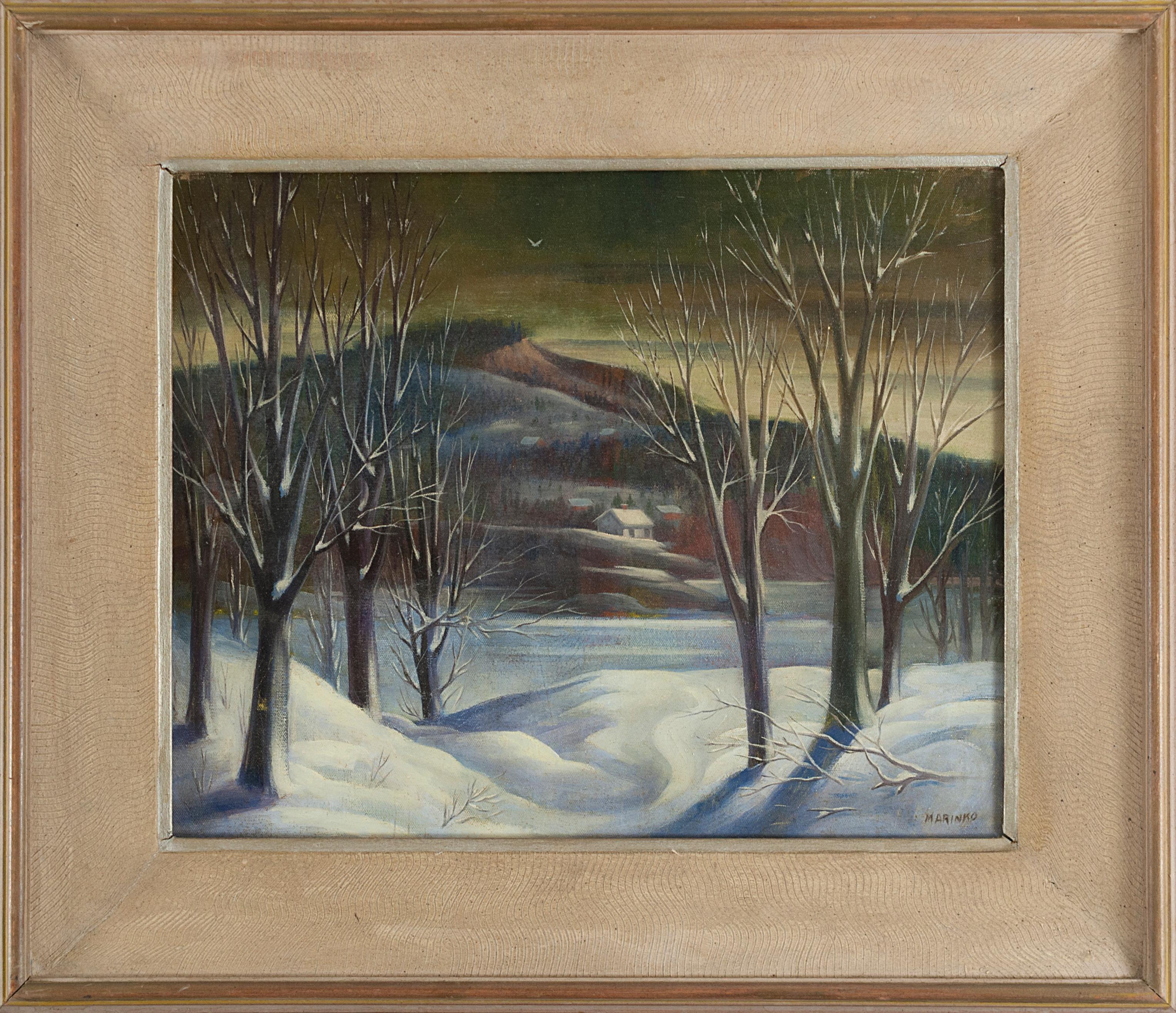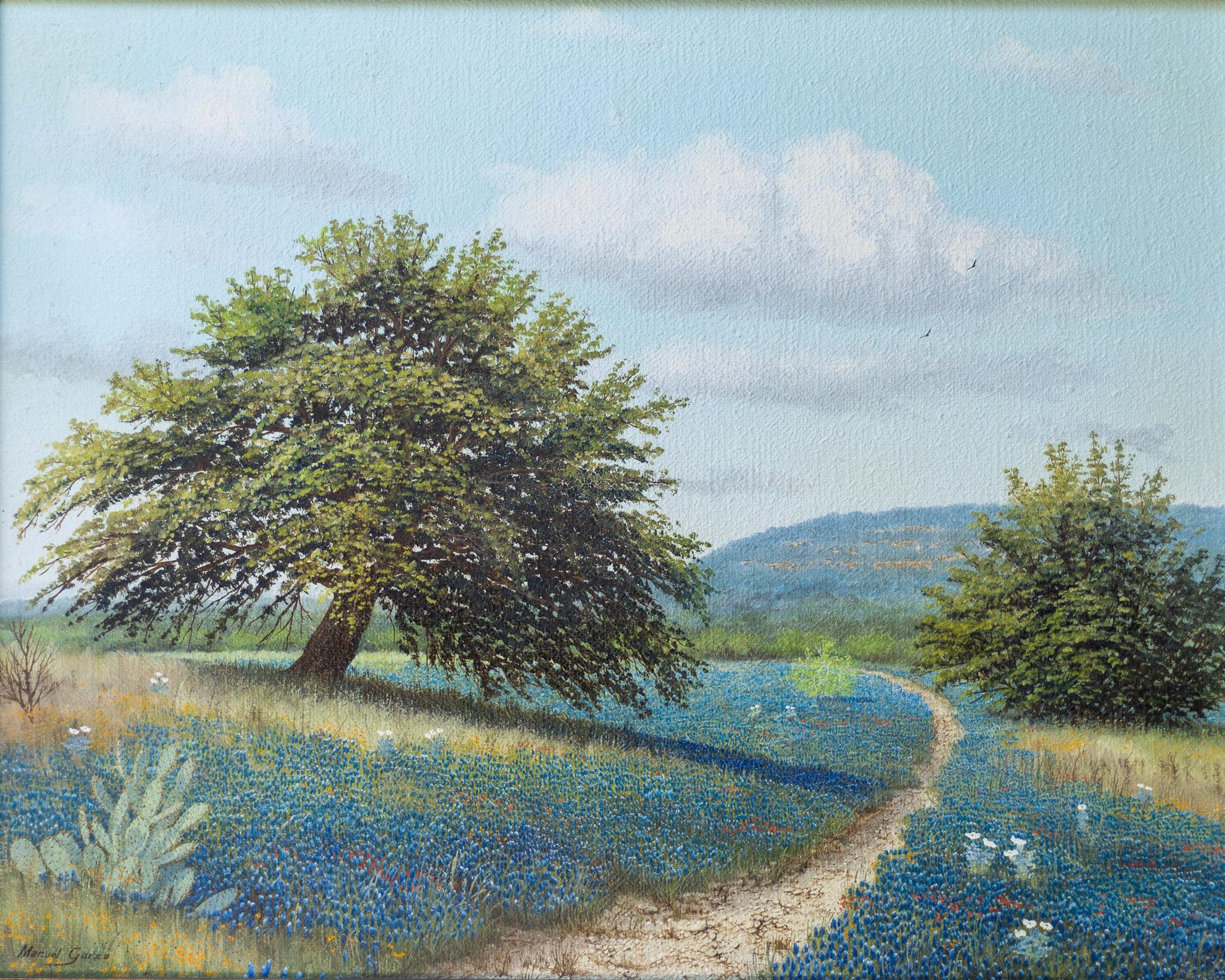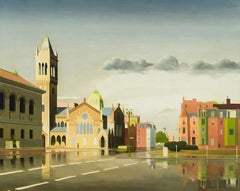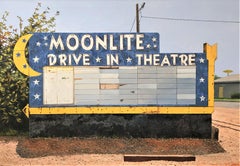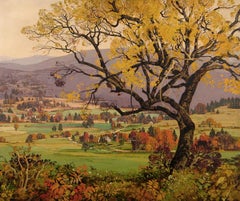
Houses in a Valley
View Similar Items
Want more images or videos?
Request additional images or videos from the seller
1 of 8
Carl WuermerHouses in a Valley
About the Item
- Creator:Carl Wuermer (1900-1981, American)
- Dimensions:Height: 30.25 in (76.84 cm)Width: 36.25 in (92.08 cm)Depth: 1.5 in (3.81 cm)
- Medium:
- Movement & Style:
- Period:
- Condition:
- Gallery Location:New York, NY
- Reference Number:Seller: APG 84701stDibs: LU236722942
About the Seller
5.0
Recognized Seller
These prestigious sellers are industry leaders and represent the highest echelon for item quality and design.
Established in 1952
1stDibs seller since 2010
32 sales on 1stDibs
Typical response time: 12 hours
Associations
Art Dealers Association of America
More From This SellerView All
- Saint-Malo, BrittanyBy William Stanley HaseltineLocated in New York, NYThe career of William Stanley Haseltine spans the entire second half of the nineteenth century. During these years he witnessed the growth and decline of American landscape painting, the new concept of plein-air painting practiced by the Barbizon artists, and the revolutionary techniques of the French Impressionists, all of which had profound effects on the development of painting in the western world. Haseltine remained open to these new developments, selecting aspects of each and assimilating them into his work. What remained constant was his love of nature and his skill at rendering exactly what he saw. His views, at once precise and poetic, are, in effect, portraits of the many places he visited and the landscapes he loved. Haseltine was born in Philadelphia, the son of a prosperous businessman. In 1850, at the age of fifteen, he began his art studies with Paul Weber, a German artist who had settled in Philadelphia two years earlier. From Weber, Haseltine learned about Romanticism and the meticulous draftsmanship that characterized the German School. At the same time, Haseltine enrolled at the University of Pennsylvania, and took sketching trips around the Pennsylvania countryside, exploring areas along the Delaware and Susquehanna rivers. Following his sophomore year, Haseltine transferred to Harvard University. After graduating from Harvard in 1854, Haseltine returned to Philadelphia and resumed his studies with Weber. Although Weber encouraged Haseltine to continue his training in Europe, the elder Haseltine was reluctant to encourage his son to pursue a career as an artist. During the next year, Haseltine took various sketching trips along the Hudson River and produced a number of pictures, some of which were exhibited at the Pennsylvania Academy of the Fine Arts in the spring of 1855. Ultimately, having convinced his father that he should be allowed to study in Europe, Haseltine accompanied Weber to Düsseldorf. The Düsseldorf Academy was, during the 1850s, at the peak of its popularity among American artists. The Academy’s strict course of study emphasized the importance of accurate draftsmanship and a strong sense of professionalism. Landscape painting was the dominant department at the Düsseldorf Academy during this period, and the most famous landscape painter there was Andreas Achenbach, under whom Haseltine studied. Achenbach’s realistic style stressed close observation of form and detail, and reinforced much of what Haseltine had already learned. His Düsseldorf training remained an important influence on him for the rest of his life. At Düsseldorf, Haseltine became friendly with other American artists studying there, especially Emanuel Leutze, Worthington Whittredge, and Albert Bierstadt. They were constant companions, and in the spring and summer months took sketching trips together. In the summer of 1856 the group took a tour of the Rhine, Ahr, and Nahe valleys, continuing through the Swiss alps and over the Saint Gotthard Pass into northern Italy. The following summer Haseltine, Whittredge, and the painter John Irving returned to Switzerland and Italy, and this time continued on to Rome. Rome was a fertile ground for artists at mid-century. When Haseltine arrived in the fall of 1857, the American sculptors Harriet Hosmer, Chauncey B. Ives, Joseph Mozier, William Henry Rinehart...Category
19th Century American Realist Landscape Paintings
MaterialsCanvas, Oil
- Chestnut Racehorse with a Jockey Up On a Training StrapBy Henry H. CrossLocated in New York, NYIt was Henry Cross's portraits of horses belonging to the prominent breeders and trainers of the second half of the nineteenth century that won the artist renown as an animal painter. Born and raised in upstate New York, Cross's proficiency in both drafting and caricature was revealed while he was still a student at the Binghamton Academy, New York. In 1852, when he was only fifteen years old, Cross joined a traveling circus that took him to Minneapolis, Minnesota, and to the first of many Indian encampments that he would draw upon for subject matter throughout his career. Biographers differ as to the year Cross left for Europe, however, he was in Paris from 1852 to 1853 or 1854, where he studied with Rosa Bonheur, a highly esteemed French painter of horses. Upon Cross's return to the United States he was commissioned to paint the studs of wealthy horsemen, including those of Commodore Cornelius Vanderbilt, Robert Bonner, the owner-publisher of The New York Ledger, and "Copper King" Marcus Daly, whose 18,000 acre stock farm was reputed to be the greatest and most valuable horse ranch in the world. Although Cross received the highest pay of any equine artist of his day (up to $35,000. for one order, according to The Horse Review of April 10, 1918, p. 328), he frequently joined traveling circuses and painted the locales where they visited. He also painted portraits of notable contemporaries, such as President Abraham Lincoln, ex-president Ulysses S. Grant, King Edward VII of England, W. F. "Buffalo Bill...Category
19th Century American Realist Animal Paintings
MaterialsCanvas, Oil
- Copley Square, BostonBy Thomas FransioliLocated in New York, NYThomas Fransioli’s cityscapes are crisp and tidy. Buildings stand in bold outline, trees are sharp, and saturated color permeates the scene. But Fransioli’s cities often lack one critical feature: people. His streets are largely deserted, save for the rare appearance of figure and the occasional black cat scurrying across pavement. Instead, humanity is implied. Magic Realism neatly characterizes Fransioli’s viewpoint. First applied to American art in the 1943 MoMA exhibition “American Realists and Magic Realists...Category
20th Century American Realist Landscape Paintings
MaterialsCanvas, Oil
- Strawberries Strewn on a Forest FloorBy William Mason BrownLocated in New York, NYWilliam Mason Brown was born in Troy, New York, where he studied for several years with local artists, including the leading portraitist there, Abel Buel Moore. In 1850, he moved to ...Category
19th Century American Realist Landscape Paintings
MaterialsCanvas, Oil
- New York from HobokenBy William Rickarby MillerLocated in New York, NYSigned (at lower left): W.R. Miller/ 1851Category
Mid-19th Century American Realist Landscape Paintings
MaterialsCanvas, Oil
- Fishing Camp on the Labrador CoastBy William BradfordLocated in New York, NYIn 1852, twenty-nine year old William Bradford was a failing shopkeeper in Fairhaven, Massachusetts. With a wife and child at home, Bradford, by his own admission, “spent too much time in painting to succeed” in business. Rescued from insolvency by his well-to-do in-laws, this is not the beginning of a narrative that generally leads to a happy ending. Not so with Bradford, who ultimately found international fame and fortune as a painter of arctic seascapes and dramatic marine paintings. William Bradford, the artist, was a lineal descendant of the 17th-century Separatist leader William Bradford, a founder of the Plymouth Plantation, signer of the Mayflower Compact and Governor of the Plymouth Colony. Our Bradford born to a New Bedford ship outfitter in Fairhaven, Massachusetts By the nineteenth century, this line of Bradfords were Quakers, living on the tract purchased nearly two centuries earlier by their pilgrim ancestor. Fairhaven, across the mouth of the Acushnet River from the whaling center of New Bedford was described by a New York journalist in 1857 as “the Brooklyn of New Bedford” (Home Journal, January 3, 1857). Young Bradford displayed an early predilection for the arts, but his Quaker parents were disinclined to support this particular pursuit. After working in his father’s business and then for a dry goods merchant in New Bedford, by 1849 Bradford had set up in New Bedford as a “merchant tailor” offering outfits for “those going to California,” “seamen’s clothing,” custom-tailored “piece goods...Category
19th Century American Realist Landscape Paintings
MaterialsCanvas, Paper, Oil
You May Also Like
- Contemporary American Nostalgic Sign of MoonLite Drive-In Theatre in West TexasLocated in Fort Worth, TXMoonlite, 2021, Daniel Blagg, Oil on canvas, 38 x 58" By meticulously depicting forgotten road signs and roadside debris, Daniel Blagg invites his viewers to re-consider objects th...Category
2010s American Realist Landscape Paintings
MaterialsCanvas, Acrylic, Oil
- Large, Retro, Oil Painting on CanvasLocated in Fort Worth, TXDaffodil, Daniel Blagg, Oil on Canvas, 42 x 54", 2019 A well-known figure of the contemporary Fort Worth art scene, Daniel Blagg has worked in the DFW ar...Category
2010s American Realist Landscape Paintings
MaterialsCanvas, Oil
- Contemporary American Nostalgia Sign of Chinese Restaurant w/ Blue SkyLocated in Fort Worth, TXChinese Restaurant, 2009, Daniel Blagg, Oil on canvas, 80 x 60" By meticulously depicting forgotten road signs and roadside debris, Daniel Blagg invites...Category
2010s American Realist Landscape Paintings
MaterialsCanvas, Acrylic, Oil
- Contemporary American Nostalgic Sign of a Children's 'Play Land' on a Rainy DayLocated in Fort Worth, TXPlayland, 2018, Daniel Blagg, Oil on panel, 26 x 50" By meticulously depicting forgotten road signs and roadside debris, Daniel Blagg invites his viewer...Category
2010s American Realist Landscape Paintings
MaterialsCanvas, Acrylic, Oil
- Contemporary Oil of Psychic Reading, Tarot Card, and Palm Reading Neon SignLocated in Fort Worth, TXPaper, 2020, Daniel Blagg, Oil on canvas, 38 x 58" By meticulously depicting forgotten road signs and roadside debris, Daniel Blagg invites his viewers to re-consider objects that ...Category
2010s American Realist Landscape Paintings
MaterialsCanvas, Acrylic, Oil
- Large Contemporary Oil Painting of Americana Themed Rustic Road Sign in TexasLocated in Fort Worth, TXThis vibrant oil painting is brought to you by the incredible hand of Dan Blagg. His works are filled with themes of nostalgia, a rustic lifestyle, and Americana. Add a pop of color to any space by collecting a Daniel Blagg. This may be a conversation piece, but when the conversation runs dry, you can look deep into Dan's work and feel at peace with the silence. This work is titled, "Stars" by Daniel Blagg. 2021. Oil paint on canvas. 44 x 55." A well-known figure of the contemporary Fort Worth art scene, Daniel Blagg has worked in the DFW area for over four decades. Blagg creates compositions that are both large-scale and intimate, familiar and unfamiliar, through his realistic style and chosen subject matter. Inspired by the surroundings of his studio warehouse on the outskirts of Fort Worth, his paintings of deteriorating road signs, empty streets, and vacant buildings examine urban decay and the byproducts of American capitalism. Blagg is interested in portraying what society discards; what once was useful is now abandoned and left to rot with no thought of recycling or re-use. According to Blagg, this wastefulness is particularly evident in American culture, where advertising is driven by the constant and even desperate desire to make a profit, without regard for the ramifications of this model of economic enterprise. By meticulously depicting forgotten road signs and roadside debris, Blagg invites his viewers to re-consider objects that are often ignored or forgotten. He masterfully crafts his paintings to create moody, unsettling compositions that feel desolate and neglected through his detailed depictions. Quick brushstrokes or soft washes of paint form fields of grass, distant mountains, and stretches of roads, while sharp shadows and the lack of figures heighten the feeling of loneliness and seclusion in these landscapes. Blagg’s representations evoke the work of Edward Hopper through a similar use of light and dark contrasts, as well as an emphasis on the urban subject matter. However, unlike Hopper, Blagg’s explorations ominously foretell the effects of the passage of time. These signs and objects act not only as markers of the past but also as forewarnings for the future. What will we as a contemporary society build and forsake? How will our creations stand the test of time? What will outlive its use in our culture but may ultimately outlast us, the creators? Blagg visually poses these questions to his audiences, hinting that the answers will only be realized with the next generation of creators and builders. Until that time comes, we are responsible for the creations of past generations, whether we preserve, restore, or ignore those objects. We are also accountable for what we leave behind, whether it is art, architecture, or physical waste. Blagg’s paintings have been exhibited in over sixty prominent shows across the United States, and his work is collected by numerous institutions and companies, such as the Modern Art Museum of Fort Worth, the Museum of South Texas in Corpus Christi, the Old Jail House Arts Center, Shell Oil, Fidelity Investments, and The Coca-Cola Company. He has curated multiple exhibitions at the Fort Worth Community Arts Center and was President of the Exhibition Advisory Panel from 2006 to 2008. In 2012 and 2009, he was a finalist for the Hunting Prize, an annual competition in Houston, Texas, that supports Texas artists. He has also received the Cynthia Brants...Category
2010s American Realist Landscape Paintings
MaterialsCanvas, Oil
Recently Viewed
View AllMore Ways To Browse
Vintage Carl Art
Poland China
Ny Bridge
Coastal Waves
Skilling William Painting
Icon Of Mary
Framed Indian Portrait
Bill West
Between Neighbors
California Vineyards Art
Cuban Landscaping
Barbizon Artists
Stanley London
Cuba Landscape
Sunset Los Angeles
Vintage Irish Signs
Landscape Painting With Ruins
Landscape Painting Mountain Winter

